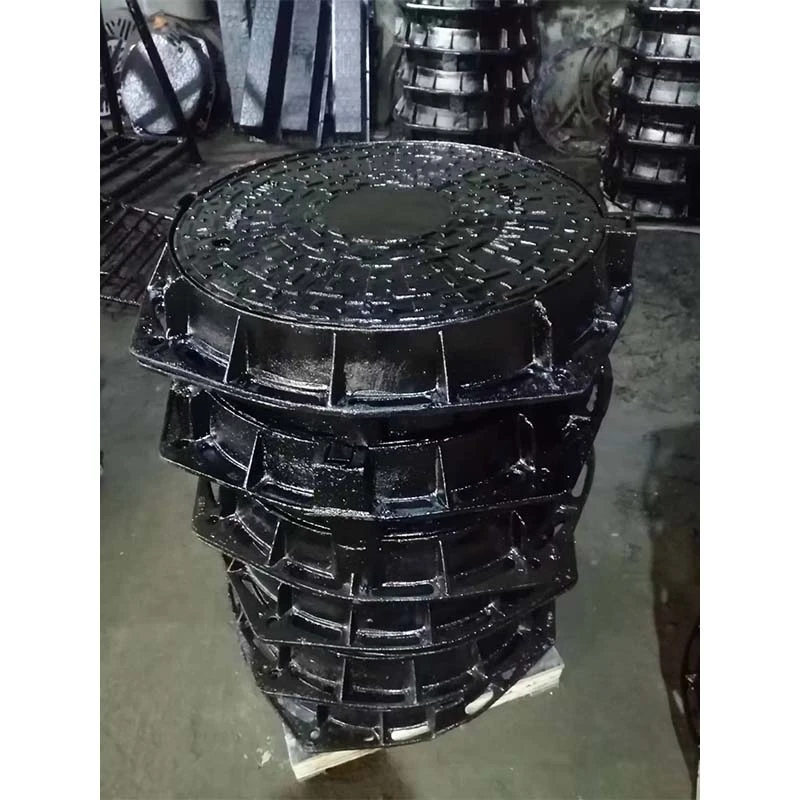sustainable street furniture
Sustainable Street Furniture Enhancing Urban Spaces Responsibly
In recent years, cities around the world have increasingly recognized the importance of sustainability in urban planning. One crucial aspect of this movement is sustainable street furniture, which encompasses benches, tables, waste bins, bike racks, and other elements that contribute to public spaces. As urban centers grow and evolve, the demand for functional and aesthetically pleasing street furniture has risen, but it must now be accompanied by a commitment to environmental responsibility and social equity.
Sustainable street furniture is designed with the intention of minimizing ecological impact, promoting recycling, and ensuring durability. One of the primary materials used in the creation of sustainable street furniture is reclaimed wood. Utilizing wood that has already been harvested and discarded significantly reduces the environmental footprint compared to using newly sourced timber. Additionally, many cities are turning to metal and plastic made from recycled materials, which helps divert waste from landfills while reducing the consumption of virgin resources.
The design of sustainable street furniture also emphasizes functionality and adaptability to different urban contexts. Innovative designs that incorporate modular elements allow for flexibility in urban environments. For instance, modular seating arrangements can be adjusted to accommodate various group sizes, fostering communal interactions. Moreover, these adaptable designs can be easily relocated, allowing urban planners to reconfigure spaces based on changing community needs.
Incorporating green technology into street furniture is another significant step towards sustainability. Benches with integrated solar panels that charge smartphones or provide lighting at night are becoming increasingly popular. Similarly, bike racks that double as planters not only support urban cycling but also contribute to greening the city. These elements create a cohesive urban ecosystem where green initiatives and public utility converge.
sustainable street furniture

Another vital consideration in sustainable street furniture is its impact on community engagement. Tactile and interactive furniture designs, such as musical benches or artistic installations, encourage social interactions and creativity. These pieces can become focal points for neighborhoods, enhancing the sense of place and belonging among residents. Furthermore, involving local artists and communities in the design process ensures that the furniture reflects the unique culture and identity of the area, fostering pride and ownership.
The durability and maintenance of street furniture are essential for sustainability. Items that require frequent replacement or extensive care can negate the environmental benefits of being made from sustainable materials. By selecting durable materials and employing weather-resistant designs, cities can lower maintenance costs and extend the life of their furniture. For example, using stainless steel or specially treated wood can ensure that street furniture endures various environmental conditions, from harsh sun to heavy rainfall.
Collaboration between governments, local businesses, and community organizations plays a pivotal role in the success of sustainable street furniture initiatives. Funding opportunities, partnerships, and grassroots movements can facilitate the installation of these pieces in urban areas. Community engagement in the decision-making process can help identify the types of furniture that best meet the needs of local residents.
Finally, the promotion of sustainable street furniture can help educate the public about broader sustainability issues. By showcasing innovative designs and sustainable materials, cities can inspire residents to think critically about their consumption patterns and environmental impact. Public art pieces that tell the story of recycled materials or the benefits of sustainable practices can turn street furniture into valuable tools for environmental education.
In conclusion, sustainable street furniture is not merely a trend but a fundamental shift in how we design and think about urban spaces. By prioritizing sustainability in the creation and installation of street furniture, cities can improve environmental outcomes, enhance public engagement, and promote a more equitable, resilient urban future. As we continue to refine our urban landscapes, the integration of sustainable practices within street furniture will contribute significantly to the social fabric and ecological health of our cities, ultimately creating better places for all.
-
The Smarter Choice for Pedestrian AreasNewsJun.30,2025
-
The Gold Standard in Round Drain CoversNewsJun.30,2025
-
The Gold Standard in Manhole Cover SystemsNewsJun.30,2025
-
Superior Drainage Solutions with Premium Gully GratesNewsJun.30,2025
-
Superior Drainage Solutions for Global InfrastructureNewsJun.30,2025
-
Square Manhole Solutions for Modern InfrastructureNewsJun.30,2025
-
Premium Manhole Covers for Modern InfrastructureNewsJun.30,2025
